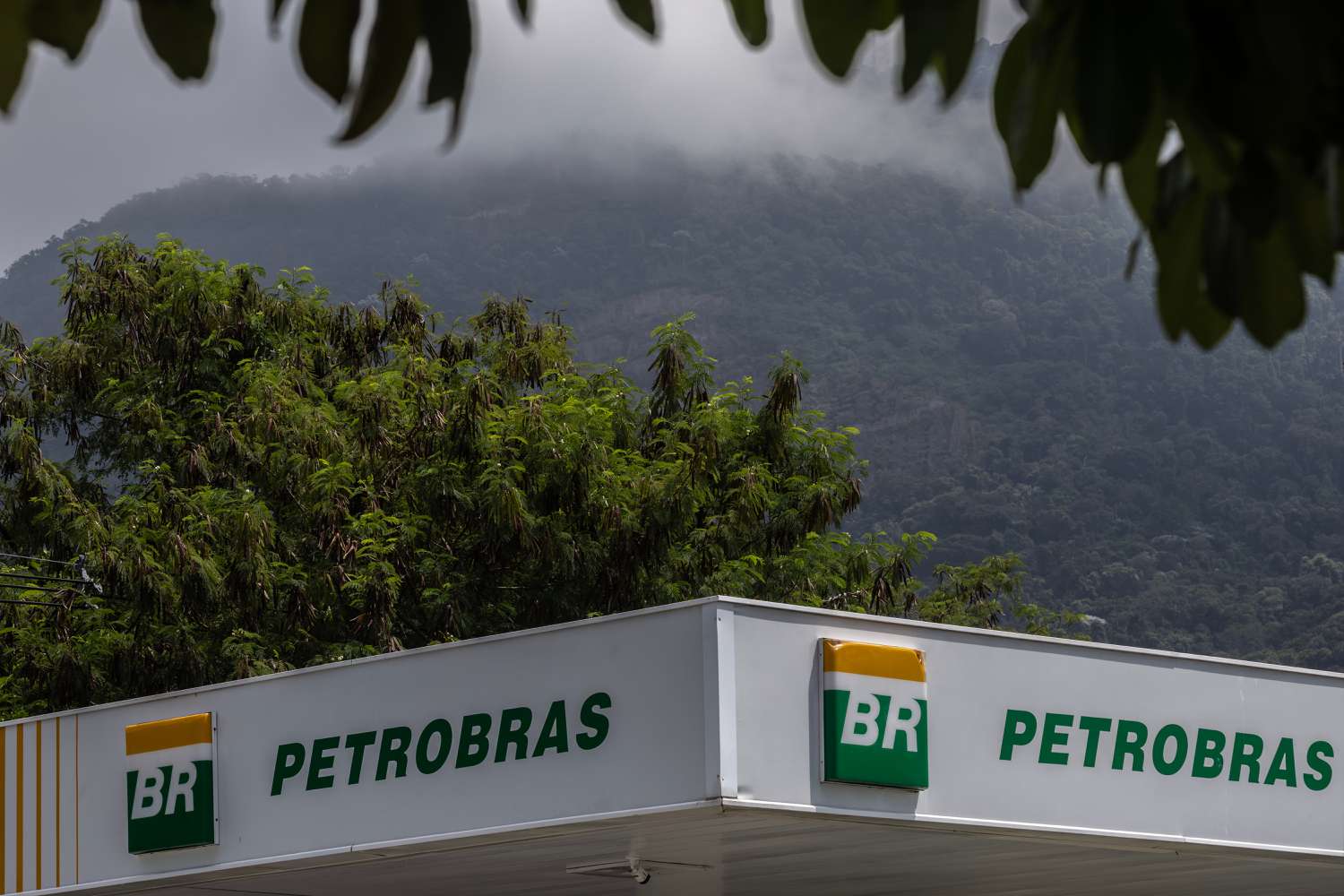
#Dividend #Stocks #November
| Top 10 Dividend Stocks by Forward Dividend Yield | |||||
|---|---|---|---|---|---|
| tape | a company | sector | Market value ($B) | Dividend yield (%) | Price ($) |
| widowhood | Bio Tourmaline, Inc | Health technology | 654.37 | 57.09 | 25.52 |
| BWLP | BW LPG LIMITED | communications | 1.69 | 25.19 | 12.80 |
| December | Diversified Energy Company | Energy minerals | 0.58 | 24.90 | 12.00 |
| TRMD | swelling company | communications | 2.49 | 23.34 | 26.00 |
| European Commission | Ecopetrol SA | Energy minerals | 15.98 | 20.11 | 7.70 |
| Haven | HAVNIA LIMITED | communications | 2.94 | 19.85 | 5.81 |
| OXLC | Oxford Lane Capital Corp | diverse | 1.68 | 18.00 | 5.26 |
| righteousness | Petroleo Brasileiro S.A | Energy minerals | 83.97 | 17.05 | 13.45 |
| MNR | Mach Natural Resources LP | Energy minerals | 1.65 | 16.01 | 16.10 |
| CLCO | COOL COMPANY LIMITED | Industrial services | 538.10 | 16.00 | 10.02 |
Why are these the best dividend stocks?
We’ve selected the top 10 dividend stocks above based on the highest forward dividend yield, among those listed on the NASDAQ or NYSE. We excluded stocks worth less than $5, those with a market capitalization of less than $300 million, and those with a daily trading volume of less than $100,000. We also excluded companies with negative payout ratios or greater than 100%.
Investors who prioritize dividends are looking for steady income along with the potential for rising stock prices. However, future profits are not a given even for companies with a good track record. Some considerations to keep in mind:
Dividends are adjusted: During moments of economic uncertainty, a company may reduce or cut its dividend payments altogether to preserve capital to weather expected weather storms. Alternatively, companies may increase their dividend payments in a bullish economic environment to attract investors.
Changes in the rate of return: These stocks may offer a lower dividend yield when faced with varying general market conditions, changes in financial stability, and adjustments to their market value.
Some dividend yields can be misleading: Some companies that pay a dividend may increase their dividend yield to attract short-term investors, even though a higher dividend may not be sustainable. That’s why it’s important to pay close attention to a company’s payout ratio.
How to choose dividend stocks
Investors should pursue companies that have strong fundamentals, long-term profitability, and sustainable dividend yields that have been increasing continuously for several years.
How to find dividend stocks
When reviewing companies that pay a dividend, it’s worth noting that some sectors, such as finance, energy, and real estate investment trusts, typically pay higher dividends than other industries. When choosing the right company, investors should also pay attention to a company’s peers to determine if its dividend yield is out of the ordinary for the sector.
What should investors look for in dividend stocks?
Dividend yield: Dividend yield reflects the annual value of dividends received compared to the market value per share. You can calculate this by dividing annual earnings per share by the current stock price, although most brokerage platforms and financial news sites publish such information.
For example, if Company ABC issues a $10 dividend annually at a current stock price of $100, its dividend yield is 10% ($10/$100 = 10%). Investors who follow high-yielding stocks can start by examining issues with dividend yields above a certain percentage. Keep in mind that dividend yield is just one of many metrics to consider before investing.
Dividend Payout Ratio (DPR)DPR measures the amount of a company’s dividends paid to shareholders. Investors calculate the ratio by dividing gross earnings by net income. This can also be found on financial websites and other platforms.
For example, if Company ABC reported net income of $50,000 and paid $15,000 in annual dividends, it would have a DPR of 30% ($15,000 / $50,000 = 30%). That is, the company pays 30% of its profits to shareholders. Typically, a company that issues less than 50% of its net earnings as dividends is considered stable and has the potential to achieve sustainable earnings growth over the long term.
Dividend coverage ratio: This measures how often a company can pay dividends to its shareholders. Investors calculate the earnings coverage ratio by dividing a company’s annual earnings per share by its annual earnings per share.
For example, if Company ABC reports net income of $10 million while distributing an annual dividend of $2 million to shareholders, its dividend coverage ratio is five ($10 million/$2 million). Typically, investors view a higher earnings coverage ratio as more appropriate.
Bottom line
Investors who follow dividend-paying companies should pay close attention to the overall financial health of the stock in which they plan to invest. A company may offer a high dividend yield even when it is financially unstable, and it is important not to invest without a proper understanding of the dividend. Underlying stock.
It is essential to maintain a consistent strategy when going the dividend paying route. There are advantages, including passive income, to choosing companies that issue dividends and provide a steady stream of income. Another great aspect of dividend investing is to reinvest the dividends paid by the company, use them to buy more shares, and benefit from compounding returns.
Comments, opinions and analyzes contained in Investopedia are for informational purposes only. Read the warranty and disclaimer for more information.
As of the date of writing this article, the author does not own any of the above stocks.
#Dividend #Stocks #November




